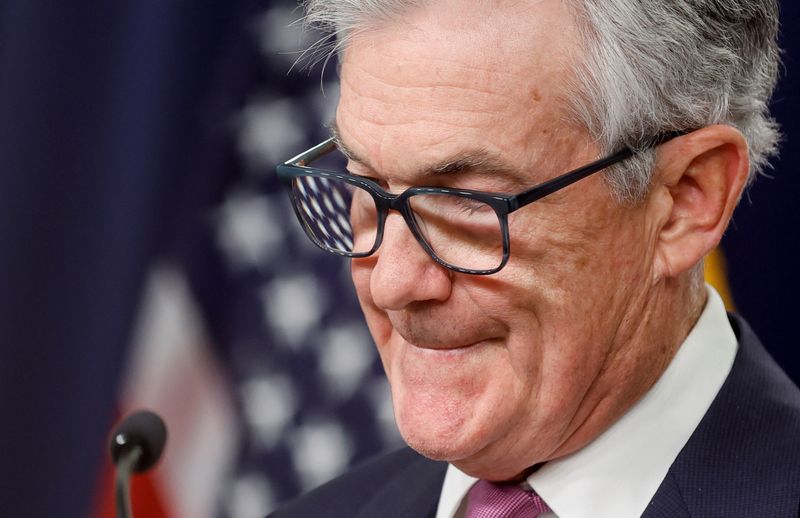Trump meets Zelenskiy, says Putin wants war to end, mulls trilateral talks
Investing.com -- The Federal Reserve is now expected to start cutting rates as soon as September, Goldman Sachs said Monday, moving up its call from December as the fog of tariff uncertainty lifts and inflation risks look like a one-off—clearing the way for a deeper and faster easing cycle.
Goldman is pulling forward its forecast for the next 25 basis point rate cut to September and lowering its terminal rate forecast to 3-3.25%. “We are now penciling in cuts in September, October, and December in 2025, as well as March and June in 2026,” the economists said, putting the odds of a cut in September somewhat above 50%.
There are several routes to a September rate cut, the economists highlight, pointing to “underwhelming tariff effects, larger disinflationary offsets, and either genuine labor market softness or a scare from month-to-month volatility.”
The key reason for the shift: early evidence suggests the inflationary impact of tariffs is smaller than expected, and other disinflationary forces are gathering strength. “Very early evidence suggests that tariff effects look a bit smaller than we expected, other disinflationary forces have been stronger, and we suspect that the Fed leadership shares our view that tariffs will only have a one-time price level effect,” Goldman said.
Alongside the milder impact of tariffs on inflation, moderating wage growth, softer new rent inflation, and weak travel demand are providing the disinflation trend with renewed momentum.
After a brief jump, inflation expectations have “fallen back a bit,” and Goldman believes there’s a growing consensus that technical factors and partisan bias have distorted recent survey readings.
The labor market, meanwhile, remains healthy but there are signs the resilience may be wearing off. “It has become hard to find a job, and both residual seasonality and immigration policy changes pose near-term downside risk to payrolls,” the economists said.
Signs of cracks in the labor market could even usher in a rate cut as soon as July if this week’s nonfarm payrolls report shows a much larger drop than expected. “We do not expect a cut in July, barring much weaker-than-expected employment data this week,” Goldman said.
Looking ahead, the economists expect a deeper cut cycle, dialing back their expectations for the Fed’s terminal rate to peak in a range of 3% to 3.25%, down from 3.5% to 3.75% previously—reflecting a less hawkish outlook from policymakers and less conviction that a higher rate is needed to offset fiscal stimulus or easy financial conditions.
With tariffs looking less threatening and disinflationary forces building, rate cuts now appear to be knocking at the Fed’s door—potentially kicking off a faster and deeper easing cycle than markets had been bracing for.
